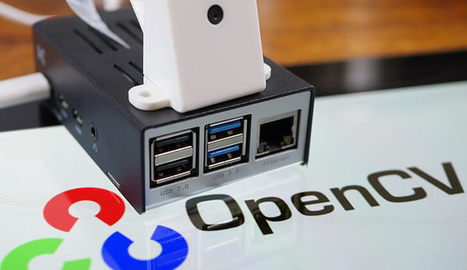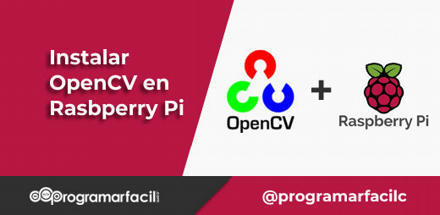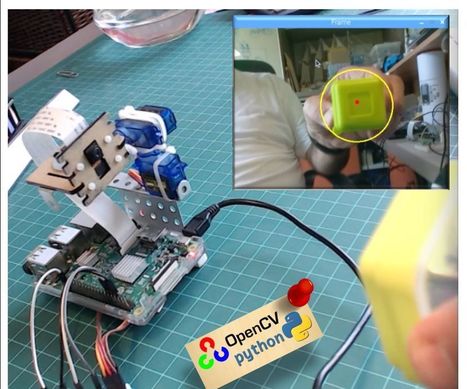This is a series of basic lesson tutorials on Raspberry Pi. These are structured around creating a Facial Recognition system integrated with Arduino. This video focuses on running OpenCv based facial recognition on Raspberry Pi and using the result to provide input for code running on a connected Arduino.
The code repository that goes along with this video is posted here...
https://github.com/frankcarmody/piFace
Research and publish the best content.
Get Started for FREE
Sign up with Facebook Sign up with X
I don't have a Facebook or a X account
Already have an account: Login

 Your new post is loading... Your new post is loading...
 Your new post is loading... Your new post is loading...
|
|













